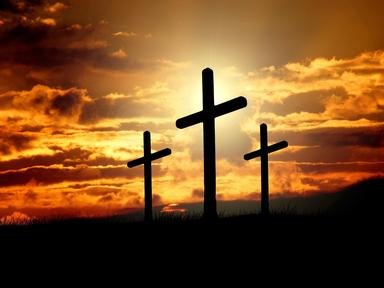
Popes' Birth Names Trivia Quiz
When men are elected pope of the Catholic Church, they traditionally choose a name that is different from their birth name that is then used from that point forward. For this quiz, match birth names with papal names. All popes served from 1900 on.
A matching quiz
by Trivia_Fan54.
Estimated time: 3 mins.